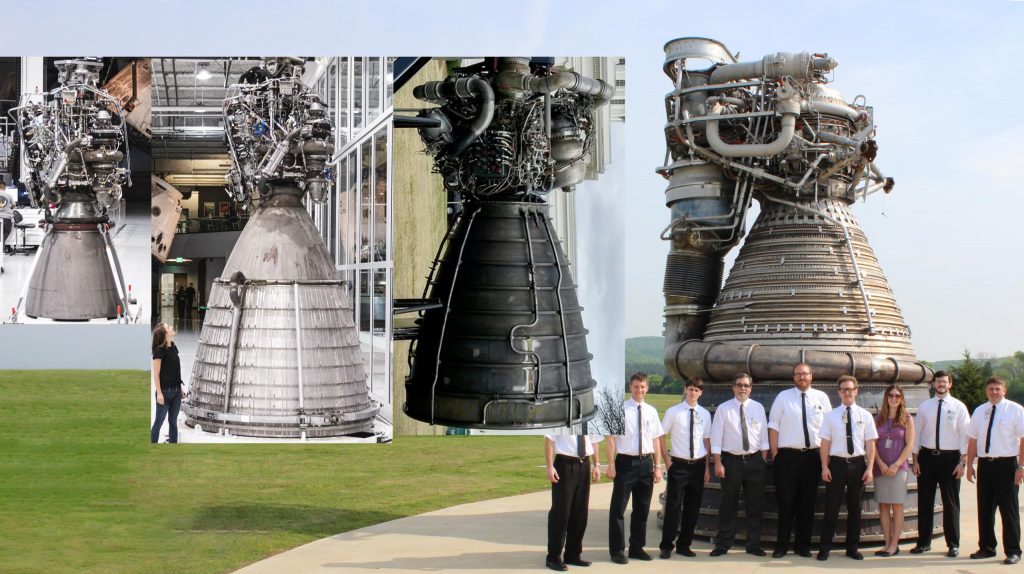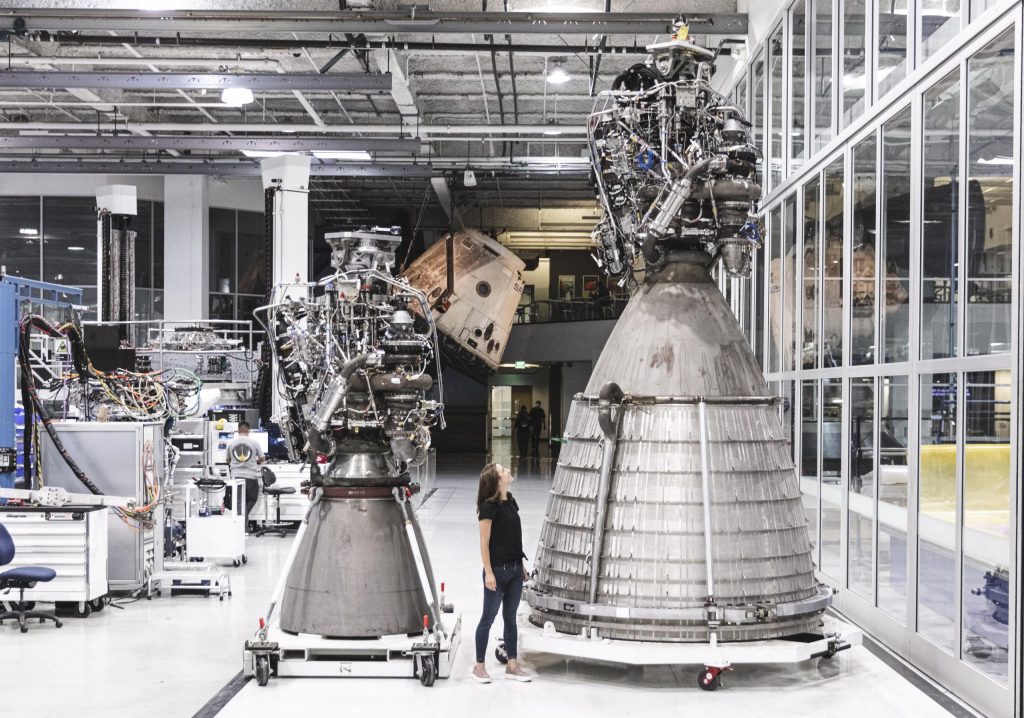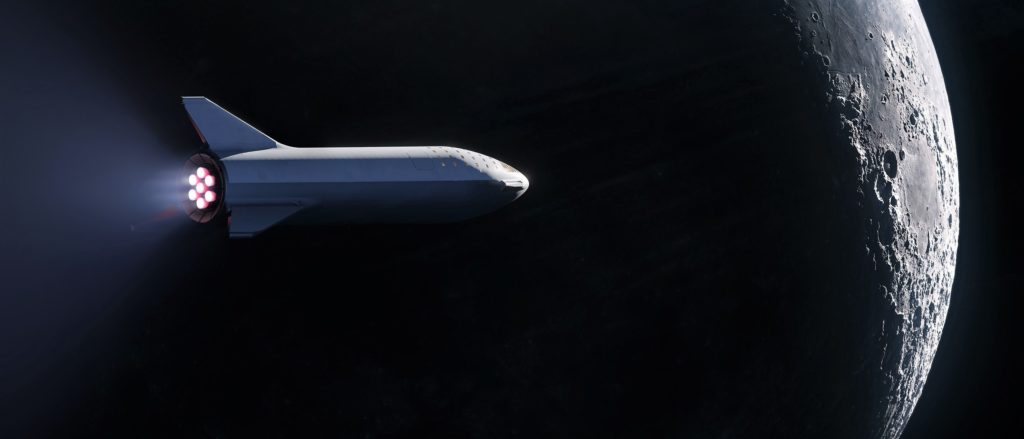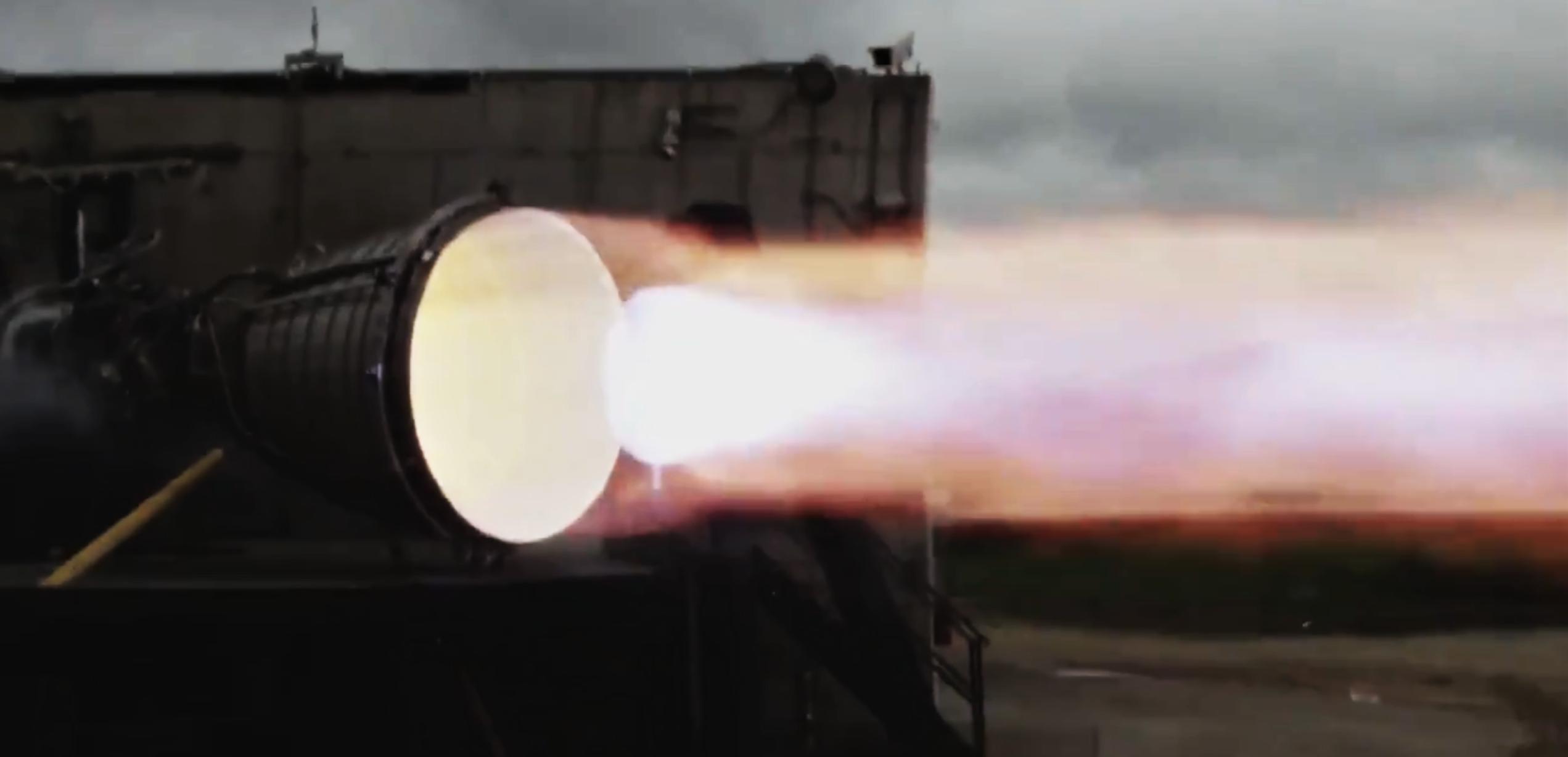Less than three weeks after shipping to Texas, SpaceX says that Starship’s first Raptor Vacuum engine has completed a “full duration test fire” on the march towards orbital test flights.
Known as Raptor Vacuum or RVac, the engine is almost entirely based off of its sea level-optimized cousin, taking all of the complex turbomachinery and combustion chambers that represent the bulk of a rocket engine. Things start to diverge below the throat of the combustion chamber (the narrow part of the central hourglass-like curve), where SpaceX has expanded Raptor’s existing bell nozzle by a factor of five or more.
SpaceX’s reusable Starship spacecraft will use a mix of three sea level Raptors and three Raptor Vacuum engines to give it the thrust it needs to reach orbit and ensure efficient operations both in atmosphere and vacuum.

In simple terms, a rocket engine can benefit from a vacuum-optimized nozzle because the added surface area (more or less) gives the extremely high-pressure gases exiting its combustion chamber even more footholds to push against. Rocket nozzles are at their most efficient when the engine’s exhaust gas finishes expanding to match ambient pressure at the exact moment it exits the bell. Logically, at sea level on Earth, the ambient air pressure is quite high, meaning that rocket exhaust doesn’t have to expand as much to equalize.

In the vacuum of space, however, exhaust gases must expand far more to reach the same pressure as its surroundings. For rocket propulsion, that extra expansion can be exploited to make a more efficient engine, squeezing extra energy out of the same propellant and in a perfect vacuum, the most efficient nozzle would technically be infinite. Engineering and physical infinities don’t exactly get along, unfortunately, so vacuum rocket engineers are forced to settle on a nozzle size at a scale that humans can feasibly manufacture.
In theory, Starship doesn’t need Raptor Vacuum engines to be a functioning orbital spacecraft and CEO Elon Musk himself floated a design with seven sea-level engines just two years ago. Since then, the SpaceX CEO revealed that Raptor was making such good progress that the company undid the removal of vacuum-optimized engines from Starship’s baseline design.

It’s unclear exactly what SpaceX means when it says that Raptor Vacuum SN1 completed a “full duration test fire.” For Starship, a full-duration orbital insertion burn – beginning immediately after Super Heavy booster separate – would likely be no shorter than five or six minutes. Even for SpaceX, going from shipping the very first engine (Raptor Vacuum) produced to a successful several-minute static fire in less than three weeks’ time would be an almost inconceivable feat of engineering. The feat would imply that SpaceX is already extremely comfortable with several-minute Raptor burns – perhaps the single biggest hurdle standing between Starship and orbit.
More likely, “full duration test fire” simply refers to the fact that the pathfinder Raptor Vacuum engine managed to ignite, burn, and shut down on schedule – avoiding a premature shutdown, in other words. For an engine as large and complex as Raptor, even that downgraded interpretation would represent an impressive achievement.
Check out Teslarati’s newsletters for prompt updates, on-the-ground perspectives, and unique glimpses of SpaceX’s rocket launch and recovery processes.











